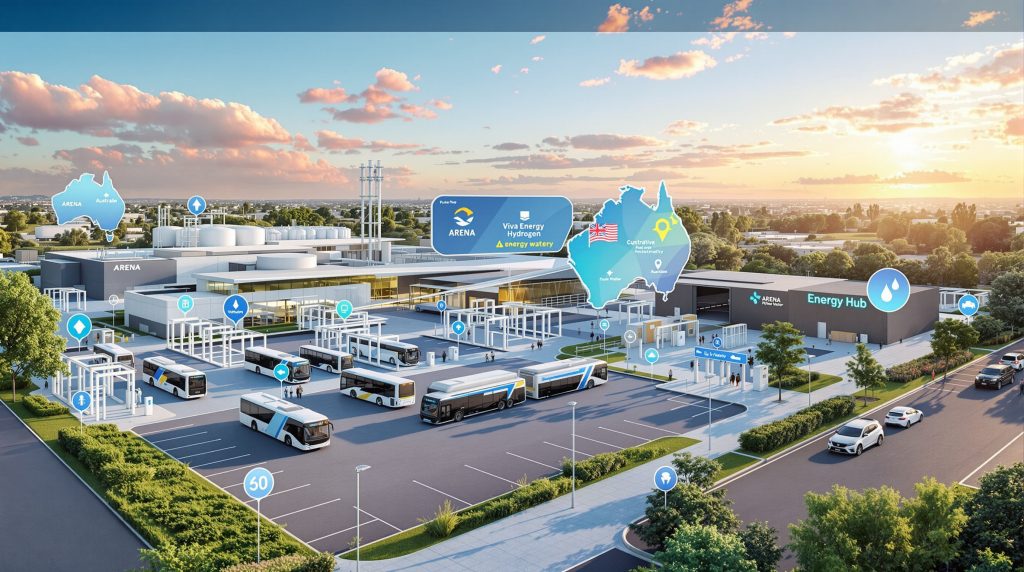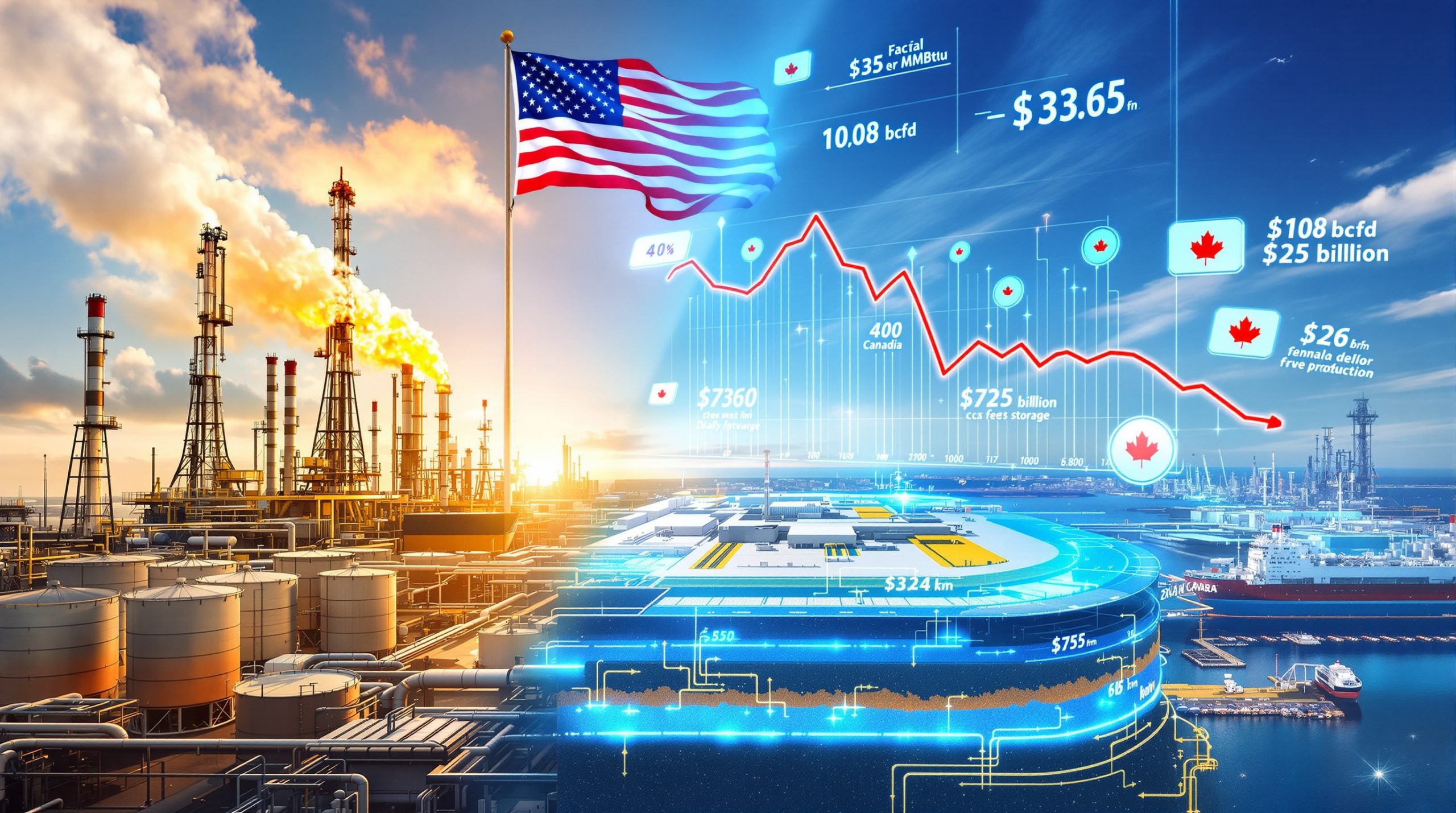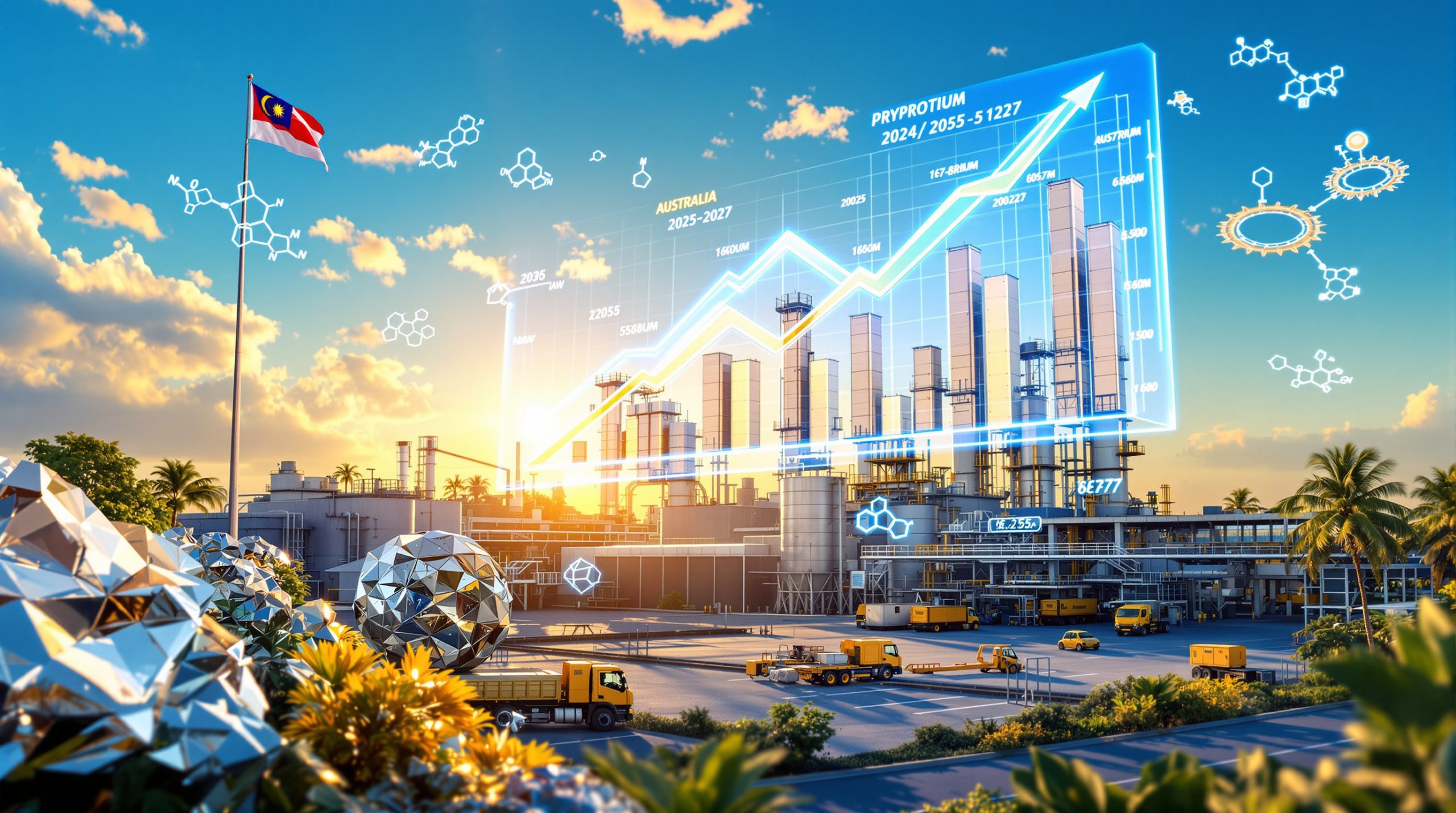How Does the Hydrogen Facility Fit Into Australia’s Broader Decarbonisation Strategy?
Australia is facing an urgent challenge to cut emissions, with the transport sector being a crucial contributor to national greenhouse gas output. Heavy vehicles—including trucks, buses, and mining equipment—represent a significant portion of these emissions. The launch of the Viva Energy hydrogen facility is timely, setting a benchmark for decarbonisation.
Decarbonisation efforts focus on low‐carbon alternatives. Furthermore, hydrogen is emerging as a cornerstone in Australia’s roadmap. In addition, agencies such as the Australian Renewable Energy Agency (ARENA) and state governments have amplified funding and policy incentives for hydrogen infrastructure. This approach supports long‐term vision and electrification in mines.
What Distinguishes This Hydrogen Facility from Other Hydrogen Projects?
Situated in Geelong, Victoria, the facility benefits from its central location near dense freight corridors and mining heartlands. Moreover, its proximity to major ports maximises operational reach. For instance, the positioning aids projects in energy transition strategy, ensuring that logistics and industrial users are well served.
The site pioneers an “Energy Hub” concept that integrates hydrogen production, refuelling, and industry collaboration. Unlike projects focused on specific manufacturers or fleet partners, this vehicle-agnostic model supports a heterogeneous mix of fuel cell vehicles and technologies. Furthermore, it serves as a national testbed for experimental hydrogen solutions and mining innovation trends.
Key distinguishing features include:
• A centralised hub for hydrogen production and refuelling that spans multiple sectors.
• An industry-agnostic approach that fosters participation from diverse OEMs.
• A double role as an operational refuelling stop and a live laboratory for trialling innovations.
How Is Renewable Hydrogen Produced On-Site at the Hydrogen Hub?
At the heart of the facility is a 2.5 MW electrolyser – the largest of its kind dedicated to mobility hydrogen production in Australia. Electrolysers utilise electrical energy to split water into hydrogen and oxygen. Consequently, when powered by renewable electricity, this process creates zero-emission hydrogen.
The facility sources recycled water from Barwon Water’s Northern Water Plant. This sustainability-driven move reduces pressure on freshwater supplies and highlights circular resource models. In addition, the site produces up to 1,000 kilograms of green hydrogen daily. This impressive figure establishes a new operational standard while demonstrating renewable energy innovation.
A detailed production summary is presented below:
• Electrolyser Capacity: 2.5 MW
• Daily Hydrogen Production: 1,000 kg
• Water Source: Recycled (Barwon Water)
• Emissions Profile: Zero-emission (green H₂)
Notably, this on-site production method ensures a steady local supply. Furthermore, it supportively underpins the region’s growing hydrogen mobility ecosystem with minimal carbon impact.
Which Vehicles and Industries Can Benefit from This Hub?
The facility is designed with versatility, targeting high-emission vehicles and industrial end-users. Present-day beneficiaries include:
• Buses for public and regional transit
• Heavy-duty prime movers for freight and logistics
A fleet of hydrogen fuel cell electric vehicles (FCEVs) already use the hub for daily refuelling. Additionally, the design supports future expansions to larger platforms such as:
• Mining haul trucks, diggers, and excavators
• Heavy construction equipment and remote-site vehicles
This broad compatibility is underpinned by industrial-standard refuelling protocols. Moreover, extensive consultations with OEMs ensure vehicle-system integration and safe, high-flow dispensing. In addition, emerging trends such as EV transformation in mining further highlight the hub’s adaptability.
Hydrogen is powering buses and prime movers at the facility, and its potential for mining trucks and excavators signals a promising future for hydrogen adoption in mining and other high-load sectors.
– Paraphrased from Sandra Lau, Head of Hydrogen and EVs, Viva Energy (Australian Mining, Sept 2025)
How Was the Hydrogen Hub Funded and Developed?
Multi-source funding has accelerated the project’s development while demonstrating the power of public-private collaboration. Significant contributions include:
• ARENA’s support of $34 million under its Advancing Renewables Program
• The Victorian Government’s $1 million via the Renewable Hydrogen Commercialisation Pathways Fund (RHCPF)
ARENA’s funding was instrumental in infrastructure construction, hydrogen vehicle procurement, and securing robust supply chains. Additionally, the Victorian Government’s contribution underscores state-level commitment to commercial hydrogen ventures. Consequently, the blended funding model serves as a blueprint for future co-investment strategies. For further context, explore hydrogen refuelling.
What Methodologies and Collaborations Set This Project Apart?
Collaboration is central to the facility’s operational model. The “living laboratory” approach enables:
• Cross-sector partnerships among fleet operators, OEMs, and technology innovators
• On-site research and development complementing commercial fuelling operations
• A central hub for knowledge transfer and government engagement
Unlike projects tied to a single manufacturer ecosystem, this vehicle-agnostic framework allows any compliant fuel cell vehicle to participate. Consequently, it creates a dynamic marketplace for best-in-class hydrogen solutions. Furthermore, such a collaborative model encourages uptake among industry players and accelerates field trials.
How Does the Facility Overcome Barriers to Hydrogen Adoption in Heavy Industry?
One significant challenge is the absence of scale-ready refuelling points for sectors like mining and freight. The facility addresses this directly by:
• Offering a central, high-capacity hub suitable for both demonstration and everyday use
• Accommodating multiple vehicle formats and fuel cell architectures under one roof
• Fostering continuous collaboration among regulators, engineers, and end-users to streamline technology transitions
By bridging the gap between vehicle investment and fuelling infrastructure, the site helps overcome the classic chicken-and-egg dilemma within emerging energy ecosystems.
What Are the Environmental and Economic Impacts of the Hydrogen Hub?
Its impacts are multifold, spanning both environmental and economic domains. Key benefits include:
• Decarbonisation: Shifting from diesel to green hydrogen significantly reduces carbon emissions per tonne of freight or load excavated.
• Resource Efficiency: The use of recycled water alleviates pressure on municipal supplies by reclaiming industrial wastewater.
• Workforce Development: The project is cultivating local expertise in electrolyser management, engineering, and hydrogen logistics.
• Scalable Model: The replicable layout sets a precedent for future mines, ports, and logistics hubs.
In addition, the hub’s strategy underlines a commitment to sustainability. Moreover, by proving the viability of renewable hydrogen, it enhances industry confidence and opens pathways to global export competitiveness.
What Are the Next Steps and Future Opportunities for Hydrogen in Australian Mining?
The facility paves the way for broader hydrogen integration in Australia’s resource-rich regions. Next-phase opportunities include:
- Replicating the Energy Hub model across mining precincts and major logistics corridors.
- Aligning infrastructure with decarbonisation strategies adopted by major resource players such as BHP and Rio Tinto.
- Launching joint ventures and pilot trials to transition entire mining haul truck fleets to hydrogen.
For instance, if a mining company transitions its fleet to hydrogen produced at a localised hub, steps towards replacing diesel could set a global benchmark for sustainable mining logistics. Additionally, insights from this endeavour inspire further innovation, as seen in evolving mobility project plans.
Disclaimer: Future expansion and adoption timelines for hydrogen as a mining fuel remain subject to technology maturity, regulatory change, energy pricing, and continued investment. Scenario planning should be approached with an understanding of these evolving factors.
Frequently Asked Questions (FAQ) About the Hydrogen Hub
Q: How much hydrogen can the site produce each day?
A: The hub produces up to 1,000 kg daily, establishing a new benchmark for electrolyser-based hydrogen production in Australia.
Q: What types of vehicles currently use the facility?
A: The initial users are buses and prime movers, though the design anticipates future support for mining trucks, excavators, and construction equipment.
Q: Is the hydrogen produced here “green”?
A: Yes, it is generated via electrolysis using renewable electricity and recycled water, ensuring a zero-emission profile.
Q: Who funded the project?
A: Funding came from ARENA ($34 million) and the Victorian Government ($1 million), with additional private sector support.
Conclusion: Paving the Way for Industrial Decarbonisation
In summary, the hydrogen hub offers more than a glimpse of a cleaner industrial future—it provides a scalable prototype for zero-emission transport and mining operations. Government and industry partnerships remain vital in reducing risk and spurring innovation in hydrogen technology.
The Viva Energy hydrogen facility sets the gold standard for decarbonisation in heavy industry. Overall, the Viva Energy hydrogen facility continues to inspire industry leaders and drive forward sustainable practices. Additionally, as various regions look to emulate this model, the path towards replacing fossil fuels becomes increasingly clear and attainable.
For a deeper understanding of clean energy initiatives, consider exploring the latest developments and industry insights.
Curious About Major Mineral Discoveries Driving Market Shifts?
Discovery Alert offers rapid, real-time alerts on pivotal ASX mineral discoveries, thanks to its cutting-edge Discovery IQ model. Understand how such discoveries generate substantial market returns by exploring our dedicated discoveries page and start your 30-day free trial for a competitive edge.




